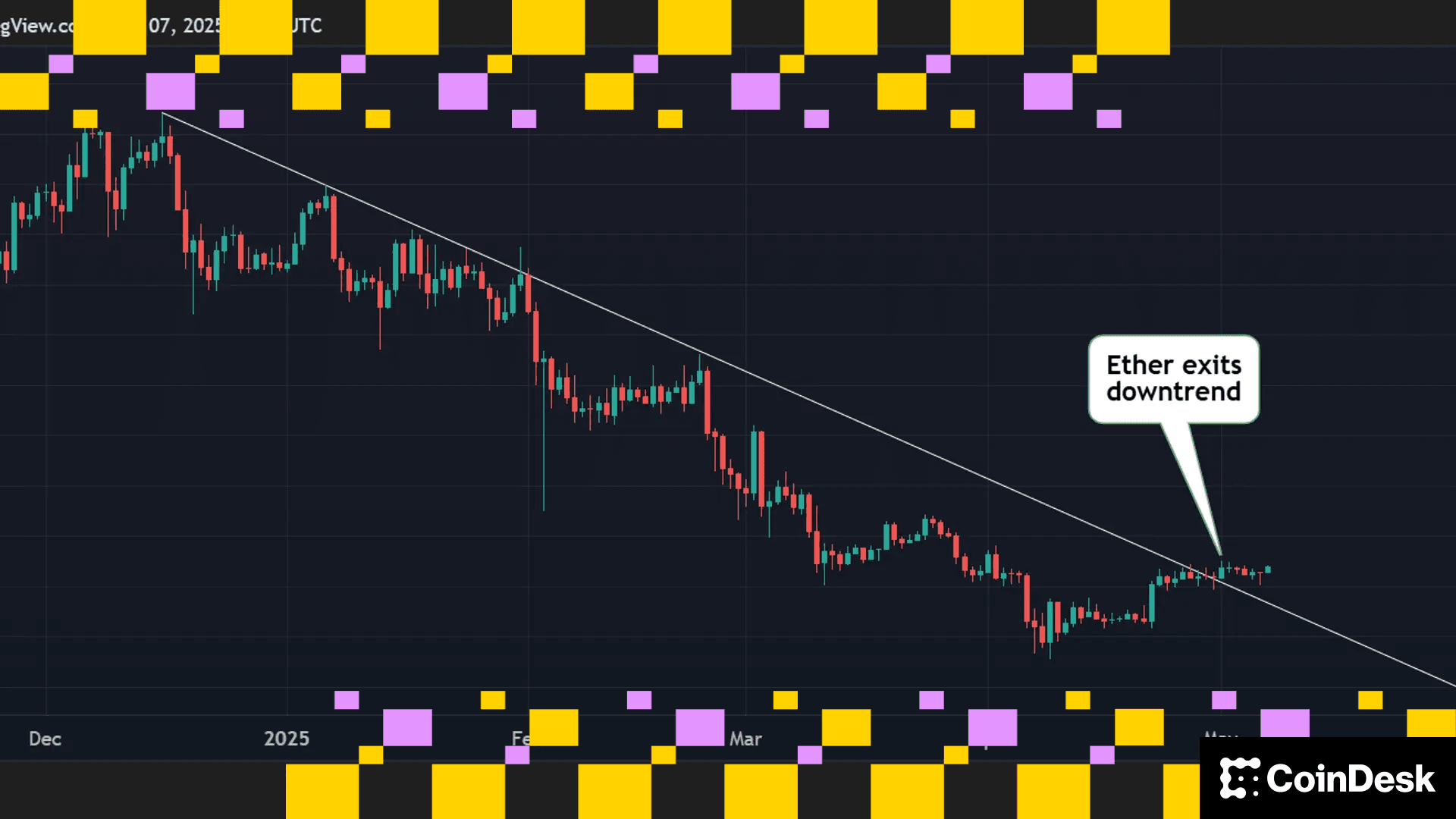Why Brazilians Are Turning to Stablecoins Like Tether
Amid high inflation and a steady devaluation of the Brazilian real, locals tripled the traded volume of stablecoins in 2021.

Amid record inflation and a constant devaluation of their local currency, Brazilians are turning to cryptocurrencies and, in particular, stablecoins as never before.
According to Receita Federal, the Brazilian tax authority, between January and November 2021, locals traded $11.4 billion in stablecoins and almost tripled the total traded in 2020. Stablecoins also traded $10.8 billion in bitcoin last year.
The stablecoin boom in Brazil goes back to at least 2020, when different crypto exchanges began to notice that Brazilian stablecoin traders were quadrupling in number.
Rising inflation is one of the factors that drove the phenomenon of stablecoin purchases. In 2021, the nation’s inflation rate was 10.06%, the highest level since 2015 and the fourth-highest after the implementation of the Brazilian real (BRL), in 1994.
By acquiring stablecoins, some Brazilians also wanted to hedge against the steady depreciation of the real against the U.S. dollar, which pushed the real from $0.25 in January 2020 to $0.18 this month.
“Stablecoins are worthwhile as diversification, so you are not exposed only to the real. With the conventional U.S. dollar, you have no yield and you have taxes,” Murilo, a 34-year-old Brazilian programmer, told CoinDesk.
When acquiring foreign currency, Brazilians are forced to pay a tax on financial operations – IOF is its acronym in Portuguese – that ranges between 1.1% and 6.38%. The tax does not apply to stablecoins.
“I buy through my smartphone and don’t have to worry so much about registering [at exchange companies]. It’s much easier,” said Maria, a 65-year-old retired woman.
Adilson, a 45-year-old entrepreneur, mentioned that the U.S. dollar provides liquidity, but the process to acquire the currency is slow and bureaucratic. “With a stablecoin, now I manage to move my money with less bureaucracy and much more agility,” he said.
The Brazilian Central Bank prohibits locals from saving U.S. dollars in a local bank account. However, in December 2021, the monetary authority abolished that prohibition by approving a new exchange rate framework, which has not been implemented yet.
According to Receita Federal,
The prevalence of USDT in Brazil contrasts with other Latin American countries such as Argentina, where Maker’s DAI became one of the leading stablecoins.
Low traditional rates
Brazil has a mature stock market, with 4.97 million individual accounts on the Brazilian stock exchange, B3. However, in the face of falling rates, stablecoins gained traction among locals.
“I find the use of stablecoins in DeFi [decentralized finance] protocols such as Curve and Anchor interesting. One gets an overall return of 15% to 20% in U.S. dollars over the year. Better than fixed income in Brazil,” Murilo told CoinDesk.
Fixed income-investment returns were historically high in Brazil but plummeted amid the Brazilian economy’s declining prime rate. The Brazilian Central Bank moved its interest rate from 14.25% in 2016 to 7% a year later and to 2% in January 2021. In order to combat inflation and calm the real’s devaluation, the monetary authority gradually raised the rate to the current 9.25%.
For its part, the Bovespa Index, which groups more than 80 stocks listed on B3, recorded a drop of 11.92% in 2021.
The fall of traditional assets’ interest rates contrasts with the strengthening of crypto exchanges in Brazil. Mercado Bitcoin, the largest crypto exchange in the country, reached 3.2 million customers in 2021 and tripled its customer base compared to 2020, the company told CoinDesk in a written statement.
Mercado Bitcoin also hit record trade volume of $7.13 billion. “It is more than our volume in all previous years combined since we launched in 2013,” Gustavo Zeno, CFO of 2TM Group, Mercado Bitcoin’s holding company, told CoinDesk.
In November 2020, Binance enabled the purchase of crypto using Brazilian reals, the company told CoinDesk in a written statement, adding that in 2021 the number of active users grew 125%.
At a regional level, several Latin American exchanges strengthened their presence in the Brazilian market.
In January 2021, Argentina’s Ripio acquired BitcoinTrade, the second-largest crypto exchange in Brazil, while Mexico-based crypto exchange Bitso strengthened its Brazilian team and plans to become the largest exchange in the country in 2022, Bitso’s vice president of marketing, José Molina, told CoinDesk.
This article was translated by Fernanda Ezabella and edited by CoinDesk. The original Portuguese can be found here.
Meer voor jou
Exchange Review - March 2025

CoinDesk Data's monthly Exchange Review captures the key developments within the cryptocurrency exchange market. The report includes analyses that relate to exchange volumes, crypto derivatives trading, market segmentation by fees, fiat trading, and more.
Wat u moet weten:
Trading activity softened in March as market uncertainty grew amid escalating tariff tensions between the U.S. and global trading partners. Centralized exchanges recorded their lowest combined trading volume since October, declining 6.24% to $6.79tn. This marked the third consecutive monthly decline across both market segments, with spot trading volume falling 14.1% to $1.98tn and derivatives trading slipping 2.56% to $4.81tn.
- Trading Volumes Decline for Third Consecutive Month: Combined spot and derivatives trading volume on centralized exchanges fell by 6.24% to $6.79tn in March 2025, reaching the lowest level since October. Both spot and derivatives markets recorded their third consecutive monthly decline, falling 14.1% and 2.56% to $1.98tn and $4.81tn respectively.
- Institutional Crypto Trading Volume on CME Falls 23.5%: In March, total derivatives trading volume on the CME exchange fell by 23.5% to $175bn, the lowest monthly volume since October 2024. CME's market share among derivatives exchanges dropped from 4.63% to 3.64%, suggesting declining institutional interest amid current macroeconomic conditions.
- Bybit Spot Market Share Slides in March: Spot trading volume on Bybit fell by 52.1% to $81.1bn in March, coinciding with decreased trading activity following the hack of the exchange's cold wallets in February. Bybit's spot market share dropped from 7.35% to 4.10%, its lowest since July 2023.
Meer voor jou











